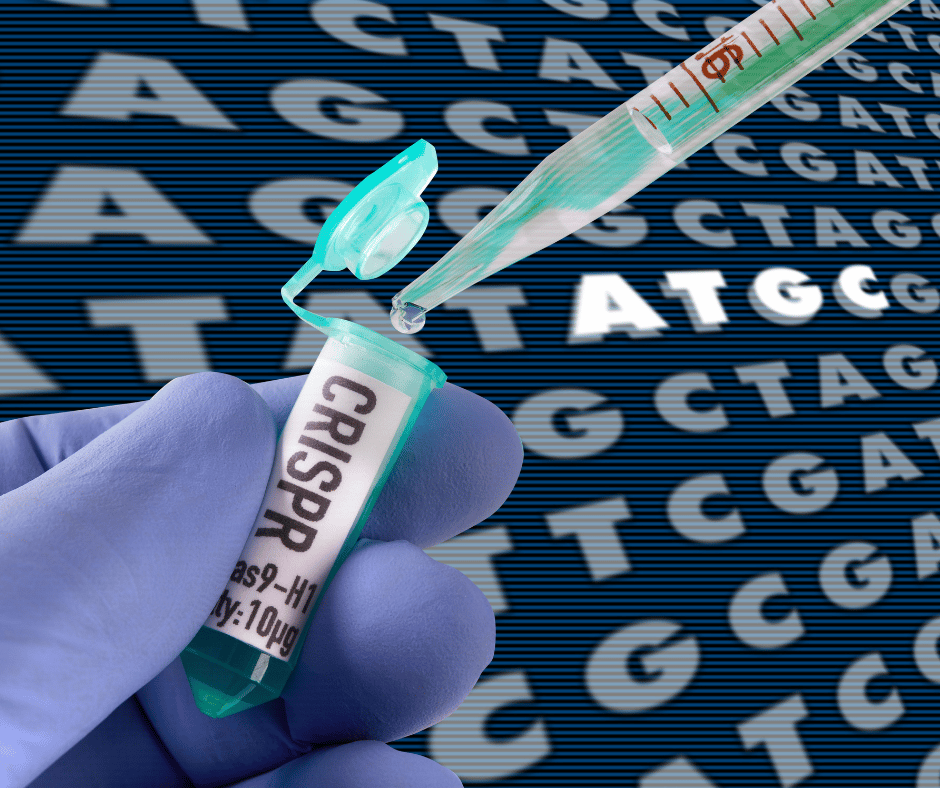CRISPR is a gene editing tool that has taken the world by storm. It is simple, efficient, and accurate – making it an ideal choice for scientists who are looking to edit genes. CRISPR stands for Clustered Regularly Interspaced Short Palindromic Repeats. This refers to the unique sequence of DNA that makes up the CRISPR system.
This sequence is found in the genomes of bacteria and archaea, where it functions as a defense mechanism against viral infections. When a bacterium or archaeon is infected by a virus, CRISPR allows for the incorporation of short segments of viral DNA into its own genome.

These segments are then used to create small RNA molecules that recognize and bind to the viral DNA, preventing it from being replicated.
CRISPR can be adapted for use in gene editing by replacing the short segments of viral DNA with the sequence that you want to target.
This makes CRISPR an incredibly powerful tool, as it can be used to target specific genes and make precise changes to their sequence.
One of the most exciting applications of CRISPR is its potential to treat genetic diseases. By targeting and correcting mutations in disease-causing genes, it may be possible to alleviate or even cure the condition.
CRISPR is also being used in agriculture, as it can be used to edit plant genomes and create crops that are resistant to pests and diseases. This has the potential to greatly improve food security, as crops that are less susceptible to disease and pests are more likely to thrive.

How CRISPR is being used?
CRISPR is being used in a variety of ways, with new applications being discovered all the time. Its potential is truly limitless, and it has the potential to change the world as we know it. Exciting times are ahead for CRISPR!
The CRISPR system is a powerful tool that can be used for a variety of purposes. It is simple, efficient, and accurate – making it an ideal choice for scientists who are looking to edit genes. CRISPR can be used to target specific genes and make precise changes to their sequence.
This makes CRISPR an incredibly powerful tool, as it can be used to treat genetic diseases, create crops that are resistant to pests and diseases, and much more. The potential for CRISPR is truly limitless, and it has the potential to change the world as we know it. Exciting times are ahead for CRISPR!
